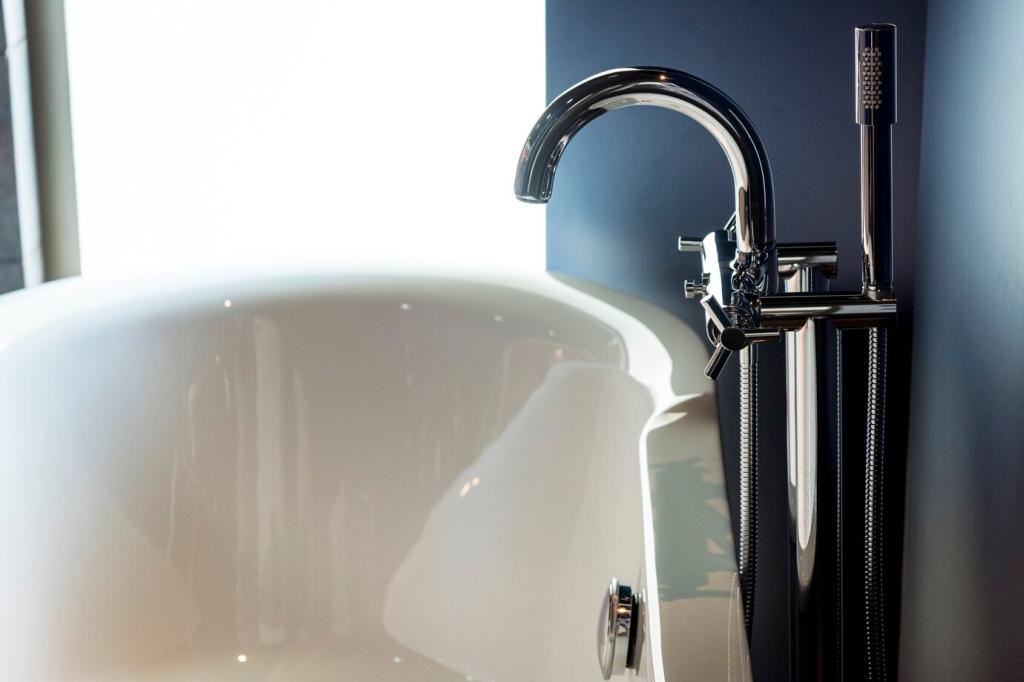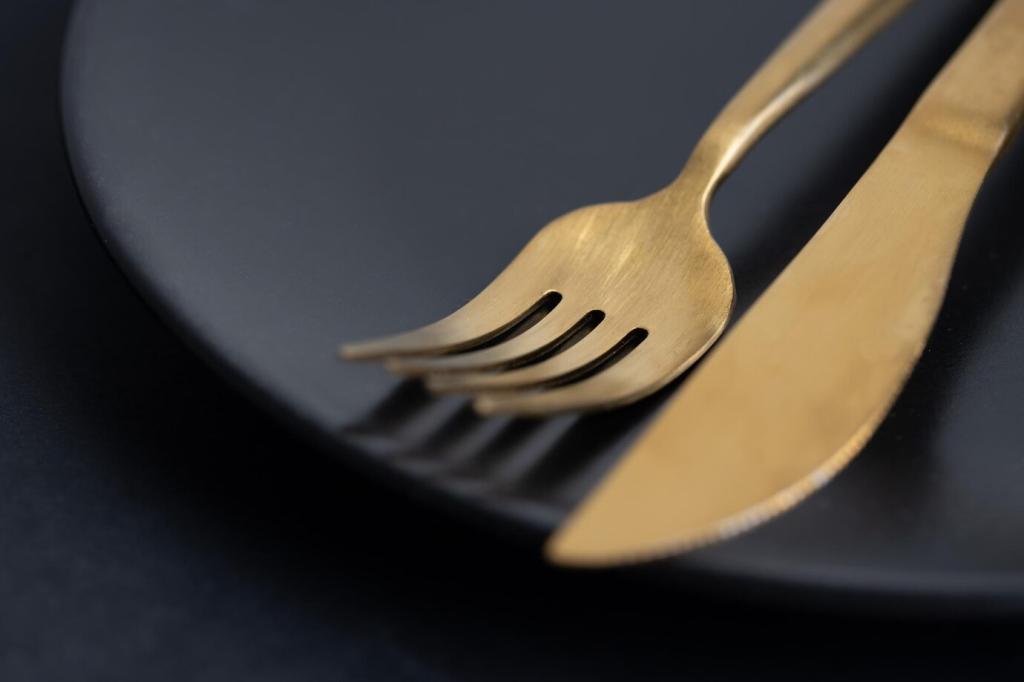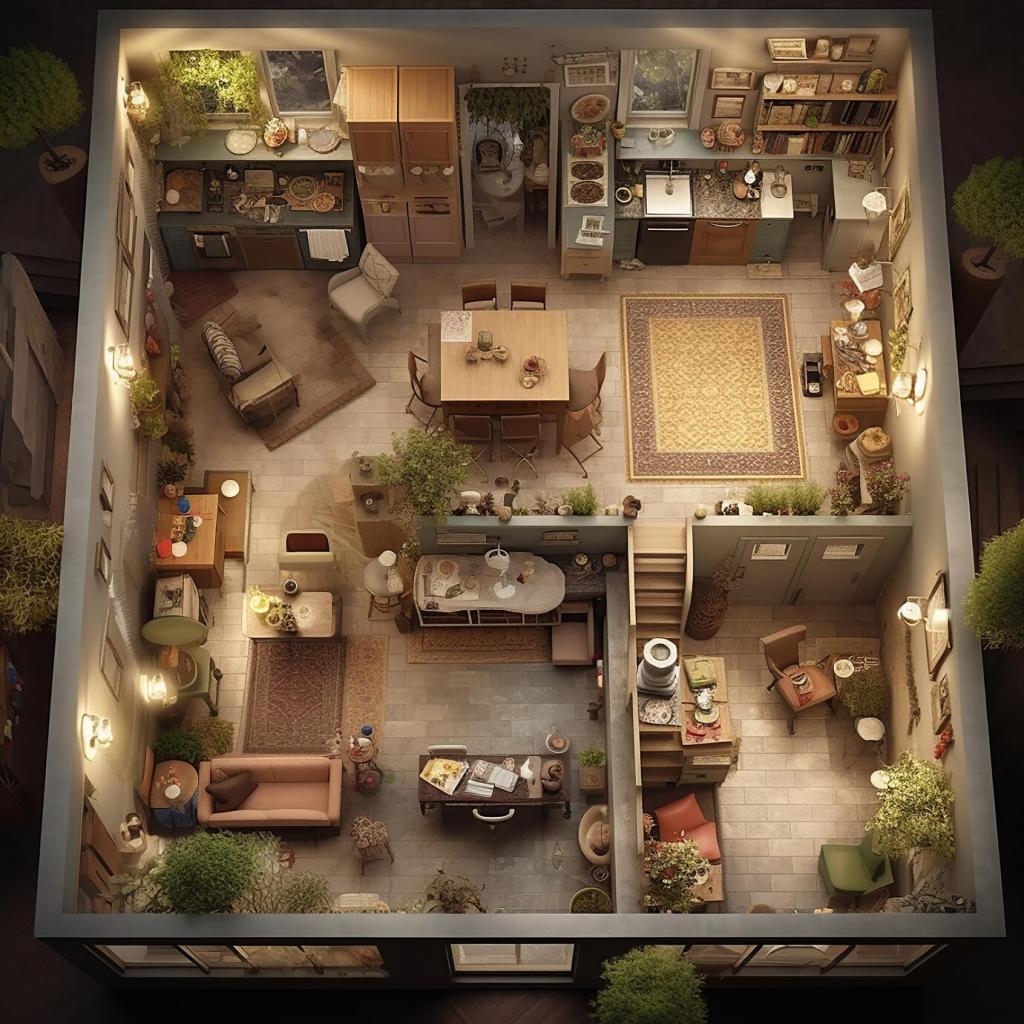Sorting Systems That Actually Stick
Label four boxes: Keep, Relocate, Donate, Recycle. Set a twenty-minute timer and complete one shelf. The rule: no “Maybe” box. Momentum grows when choices are small, quick, and final, turning progress into a predictable daily rhythm.
Sorting Systems That Actually Stick
Pull all of one category together—every jacket, every cup, every charging cable—before deciding. Seeing duplicates in one place exposes excess instantly. Many readers halve their collections within minutes when comparisons sit side by side, removing emotional fog.









